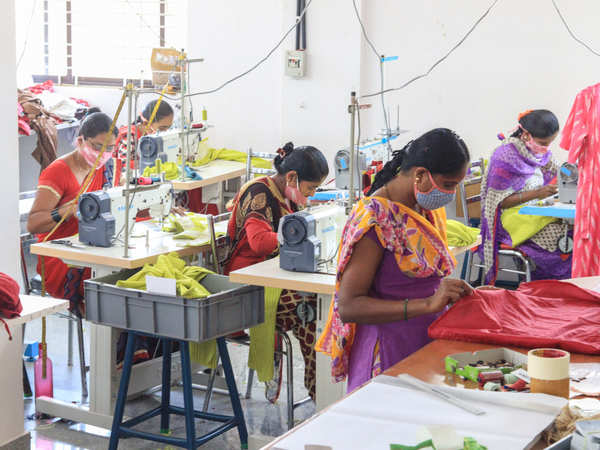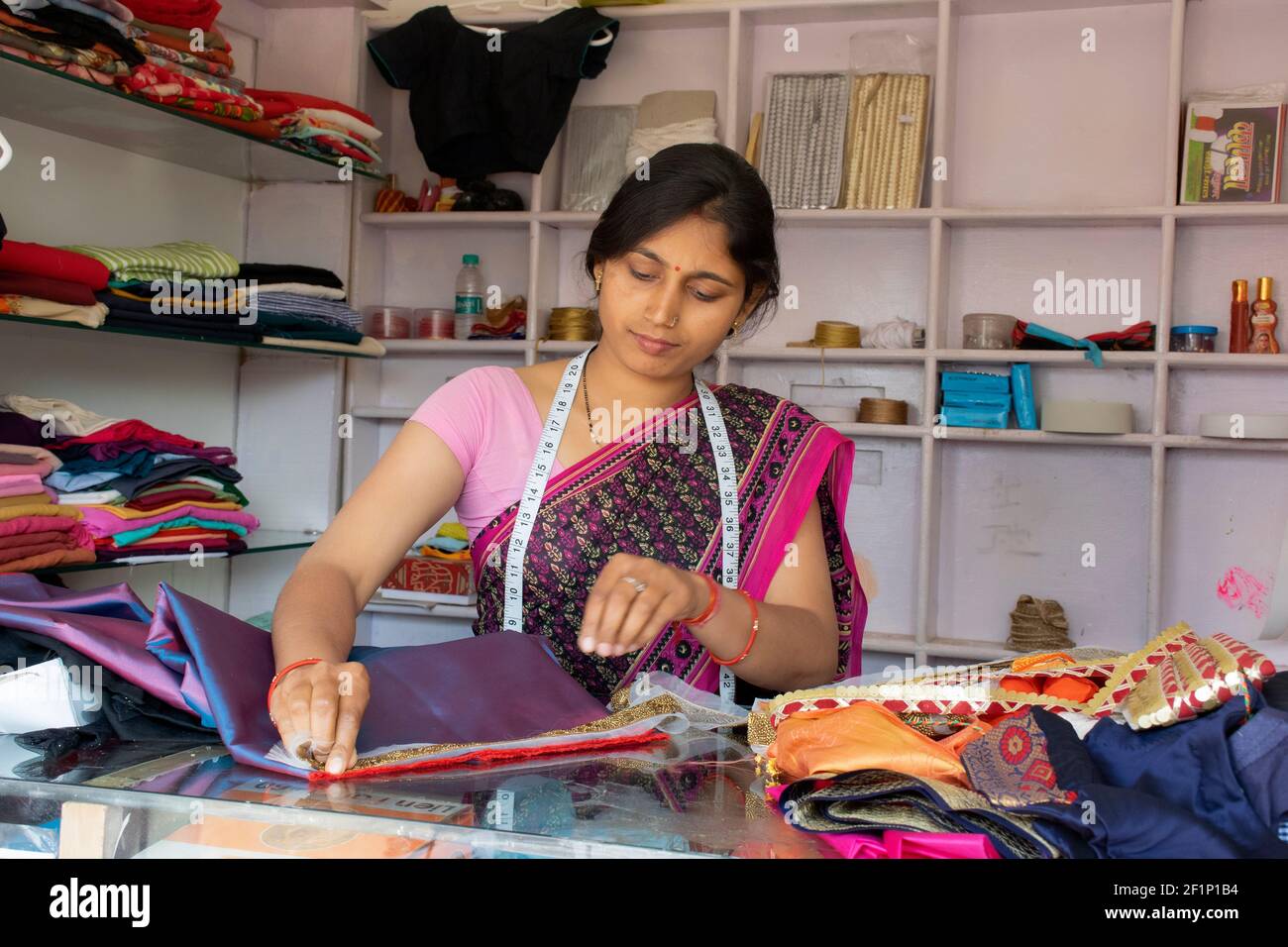Understanding the Tailoring Refine: From Fabric Option to Last Fitting for the Ideal Closet
The customizing procedure is an intricate interplay of art and science, starting with the crucial choice of material option and finishing in the accurate adjustments of last fittings. Each textile type brings unique qualities that influence not only the visual appeal but additionally the garment's long life and suitability for various events. Comprehending the nuances of tailoring methods can boost one's wardrobe to unprecedented degrees of sophistication. As we explore these components additionally, one should take into consideration exactly how even the smallest details can dramatically influence the general outcome of one's personal design.
Relevance of Fabric Selection
Selecting the best material is vital in the customizing procedure, as it directly influences the convenience, sturdiness, and total visual of the final garment (tailor perth). The selection of material sets the foundation for the garment's functionality, efficiency, and style. Various materials possess distinct residential or commercial properties, such as stretch, breathability, and weight, which can significantly influence how the garment drapes and fits the body
In addition, fabric selection affects the garment's longevity and ease of treatment. Top quality fabrics can hold up against deterioration, keeping their appearance and framework over time, while lower-quality products might cause pilling or fading. In addition, the best fabric adds to the garment's capability to change across periods and celebrations, thereby boosting adaptability.
A customized item made from an appropriate textile not just showcases craftsmanship however also elevates the user's self-confidence. Understanding the nuances of textile choice is extremely important for any kind of customizing endeavor. It ensures that the last product not only meets the visual wishes of the client however additionally aligns with functional demands, thus achieving a harmonious balance in between form and feature in the customized closet.
Sorts Of Fabrics and Their Uses
Understanding the various sorts of materials offered is vital for making informed decisions throughout the customizing procedure. Each textile possesses special attributes that determine its viability for certain garments and occasions.
Cotton, known for its breathability and soft qualities, is excellent for sportswear and summertime apparel. Its versatility allows it to be customized into everything from tee shirts to dresses. Wool, on the other hand, is preferred for its heat and framework, making it an exceptional selection for formal matches and outerwear - tailor perth. Its natural elasticity helps garments maintain shape with time.
Silk radiates luxury and is lightweight, making it perfect for eveningwear and fragile shirts; nonetheless, it requires careful handling due to its delicacy. Bed linen, with its distinctive coating, is a popular selection for warm environments, offering a crisp and ventilated feel, however it wrinkles quickly, which might influence the garment's appearance.
Artificial materials, such as polyester and nylon, deal sturdiness and resistance to creases, making them suitable for daily wear and active garments. Comprehending these fabric kinds and their properties allows for far better decision-making, guaranteeing that each customized item not just fits well yet also lines up with the designated function and event.
The Tailoring Techniques Discussed
The art of customizing counts on a selection of strategies that transform fabric into well-fitted garments. Central to this procedure is pattern preparing, where a tailor develops layouts based upon the client's measurements and desired design. This preliminary step ensures that the garment will certainly fit the wearer properly prior to any type of cutting takes place.
When patterns are developed, reducing techniques enter into play. Precision is paramount as errors can cause misfitting garments. Tailors frequently make use of different cutting techniques, such as single-layer reducing for elaborate styles and multiple-layer cutting for effectiveness on typical patterns.
Basting is an additional vital technique, enabling dressmakers to temporarily stitch textile items with each other for a preliminary installation. This approach offers the possibility to examine the drape and overall silhouette prior to final sewing.
Seaming techniques, including french joints and flat-felled joints, improve the garment's longevity and aesthetic allure. Tailors likewise use techniques such as interfacing and cushioning to give structure and form to details areas, like shoulders and collars.
Lastly, completing strategies, consisting of hemming and edge completing, make certain the garment's longevity while offering a sleek appearance. Together, these methods develop the foundation of reliable tailoring, resulting in charming, tailor-made apparel.
Fitting Modifications and Factors To Consider

Key factors to consider consist of the shoulder fit, which must neither sag nor restrict motion, and the sleeve size, which ought to permit comfortable arm activity while maintaining a refined appearance. In addition, changes at the midsection can fine-tune the silhouette, with alternatives to allow out or take in textile as required.
The rise of pants is one more crucial factor; it see here needs to sit comfortably over the hips without causing pain, enabling ease of activity. Hemming lengths for both trousers and skirts should mirror the wearer's recommended style while respecting percentages.

Preserving Your Tailored Clothing
Constantly adhere to the treatment label instructions, which may recommend completely dry cleansing for fragile materials or equipment washing for even more resilient materials. Stay clear of constant laundering, as this can wear down the fabric and alter the garment's shape.
Storage is similarly crucial; usage cushioned hangers for jackets and layers to keep shoulder framework, and store trousers folded up neatly or hung to avoid creasing. Protect garments from straight sunlight, which can discolor colors and damages fibers.
Furthermore, regular evaluations for small repair services can stop larger concerns. Look for loosened switches, fraying joints, or signs of moth damages, attending to these problems without delay to preserve the garment's integrity.
Finally, consider seasonal turning. Wearing customized pieces discover here in small amounts enables textiles to recoup, expanding their lifespan. By applying these upkeep strategies, you can make certain that your tailored garments continue to be as beautiful as the day you initially wore them, enhancing your excellent closet for years to come.
Verdict
The tailoring procedure, including material selection, proficient methods, and precise fitting changes, plays an essential function in developing garments that improve both comfort and design. Recognizing the relevance of maintenance extends the life of tailored garments, solidifying their worth in a well-curated closet.
Choosing the best material is essential in the customizing process, as it directly affects the comfort, durability, and general visual of the last garment. The choice of fabric establishes the foundation for the garment's performance, design, and performance. Various materials have unique residential properties, such as stretch, weight, and breathability, which can dramatically impact how the garment drapes and fits the body.
The art of customizing depends on a variety of techniques that transform material right into well-fitted garments.The tailoring procedure, incorporating textile option, proficient strategies, and precise suitable modifications, plays a vital role in producing garments that enhance both comfort and style.